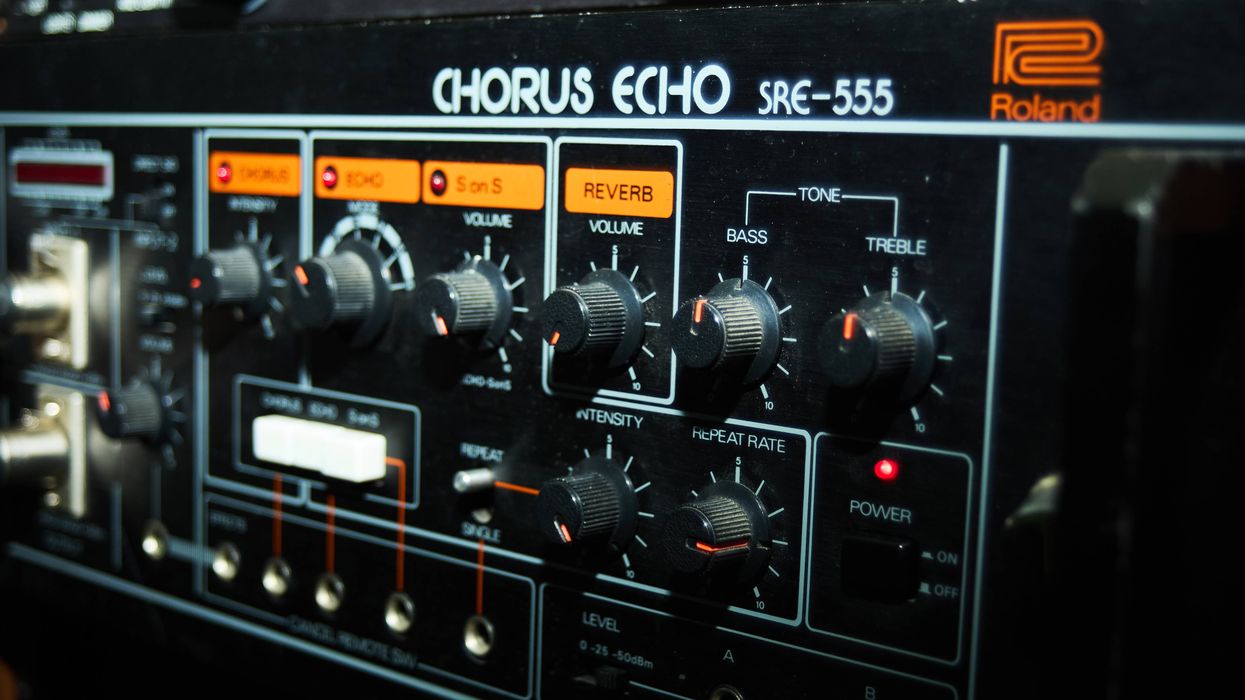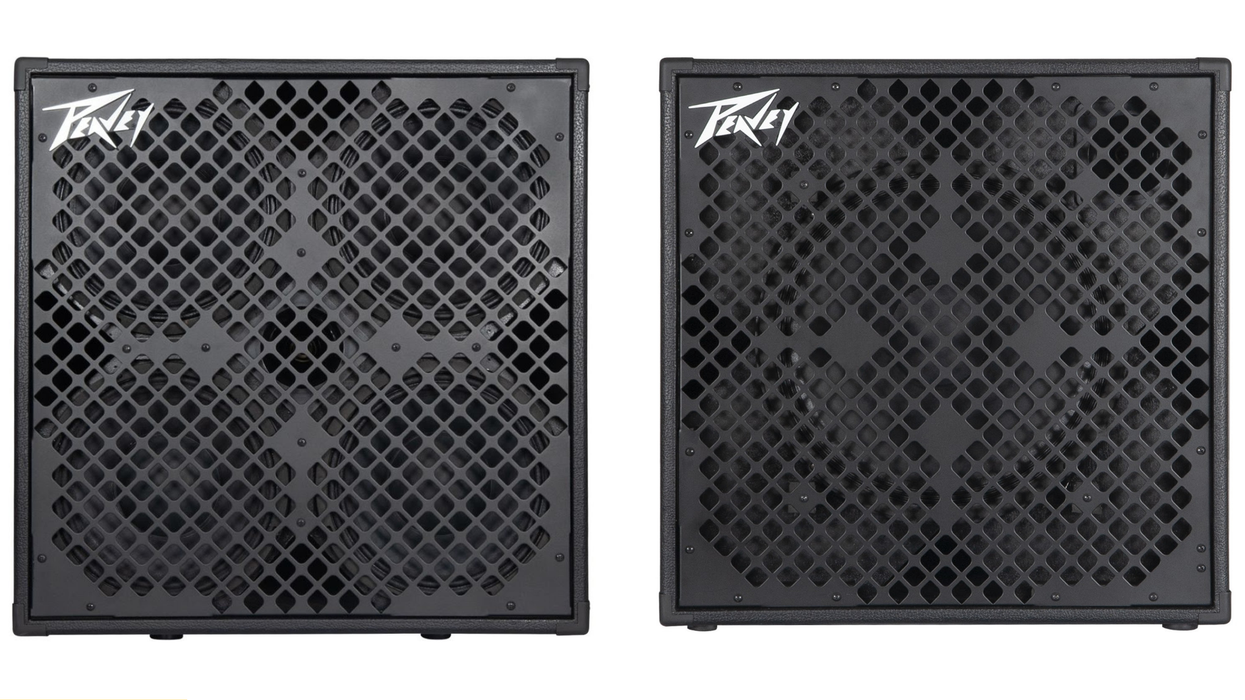The phone rings. You answer without looking at your caller ID. You know who it is within the first word spoken. Or, you call a friend. Someone else answers their phone. You’re immediately confused, knowing that something sounds different. Sometimes, the recognition comes from the things that are said, their verbal licks, if you will. Most of the time, it’s simply the sound of the familiar voice. There have been a handful of guitarists across the musical spectrum possessing a similar unmistakable identity in their playing: Jimi Hendrix, Carlos Santana, Pat Metheny, Wes Montgomery on the electric side; Joao Gilberto, Bruce Cockburn, Patty Larkin on the acoustic side; all come to mind as having a distinct voice with their instrument.
Finding your own natural sound with your instrument and gear is a personal challenge, and it relies on personal taste and style. It can be guided by the mechanics of your own playing, such as pick style versus finger style, hammer- ons and pull-offs versus cleanly picked notes, lots of big, full chords versus a more succinct comping preference, bass lines versus Freddie Green style quarter note rhythms, and so on. Wes Montgomery influenced generations of guitarists with his use of octaves in his lines, his inventive, almost giddy improvisational ideas, and of course, that big, warm tone. His signature sound was full and well rounded, which he achieved with his famous right-hand thumb, rather than a pick. He created a smooth sound, the opposite of edgy.
Before you dial in that low-end-only tone, however, listen again to Wes’ recordings. Sure enough, you’ll hear plenty of high-end in there to balance out all of that warmth—just a touch sometimes, but enough to keep it clean. Enough to create a leading edge, of sorts, preventing an avalanche of mud from burying all of those great lines and big, rich chords. It’s a little like discovering that the snow is in fact a little blue, at least as seen by an artist. It is the hidden cinnamon in the spaghetti sauce that makes the overall effect just right.
I’ve shared a laugh with many colleagues over the phenomenon of buying a new guitar or a new amp and then tweaking it and tweaking it until we can finally get it to sound like the ones we’ve had for years. As jazz guitarist Howard Alden recently told me, “After a while, I think that if a player has a particular tone he hears in his head and is striving for, he’ll instinctively and subconsciously get it out of whatever instrument he’s playing, mainly with his hands and touch. It’s not even so much a matter of adjusting knobs.”
Ensemble playing requires extra thought when it comes to our tone, often apart from what we have chosen to be our solo voice. In a basic guitar- piano-bass-drums jazz quartet context, for example, we all need to occupy our own sonic home so that each musical idea can be heard as a discernable separate voice. Says Alden, “Contrasting sounds are more pleasing for duo or ensemble playing. If everybody sounded the same it would get very dull, and there’d be no balance or sense of conversation.”
I took in a recent duo performance by Alden and Berklee College of Music Guitar Department Chair Larry Baione on the occasion of their new CD, Azure. I got to the College’s David Friend Recital Hall during the first tune, so I had the chance to hear Larry and Howard playing through the entrance door from the back stage area. The sound was quiet and real, like two friends playing at home together. I felt like I had been let in on a secret conversation as I waited for the tune to end before finding my way to a seat. Once inside the room, I stood in the back of the full house and happily discovered as they continued through their set that the sound was just as I had heard it sneaking through the entryway. Howard played his custom Benedetto 7-string La Venezia archtop; Larry played his Collings AT-16 archtop. Not a pickup to be found on either guitar. Two mics stood before each of the f-hole instruments, gently and honestly reinforcing what was happening on stage. It was acoustic and lively, complete with dynamic rising and falling, funny—and serious—expressive playing and two very distinct voices. In the back of the room I heard Larry’s Collings on the high-end of things, carrying every note and every pick-strummed chord all the way to the wall behind me with impeccable clarity and brightness, without venturing into harsh territory. I heard Howard’s Benedetto providing extra warmth and fullness in the bass lines, the rounded-out melodies and fast, improvised lines without falling into the mud. Each remained true to his own sound, but each of their sounds had just a touch of the other’s.
That is how their music reached me in the back of the room.
Jane Miller
Jane Miller is a guitarist, composer, and arranger with roots in both jazz and folk. In addition to leading her own jazz instrumental quartet, she is in a working chamber jazz trio with saxophonist Cercie Miller and bassist David Clark. The Jane Miller Group has released three CDs on Jane’s label, Pink Bubble Records. Jane joined the Guitar Department faculty at Berklee College of Music in 1994.
janemillergroup.com


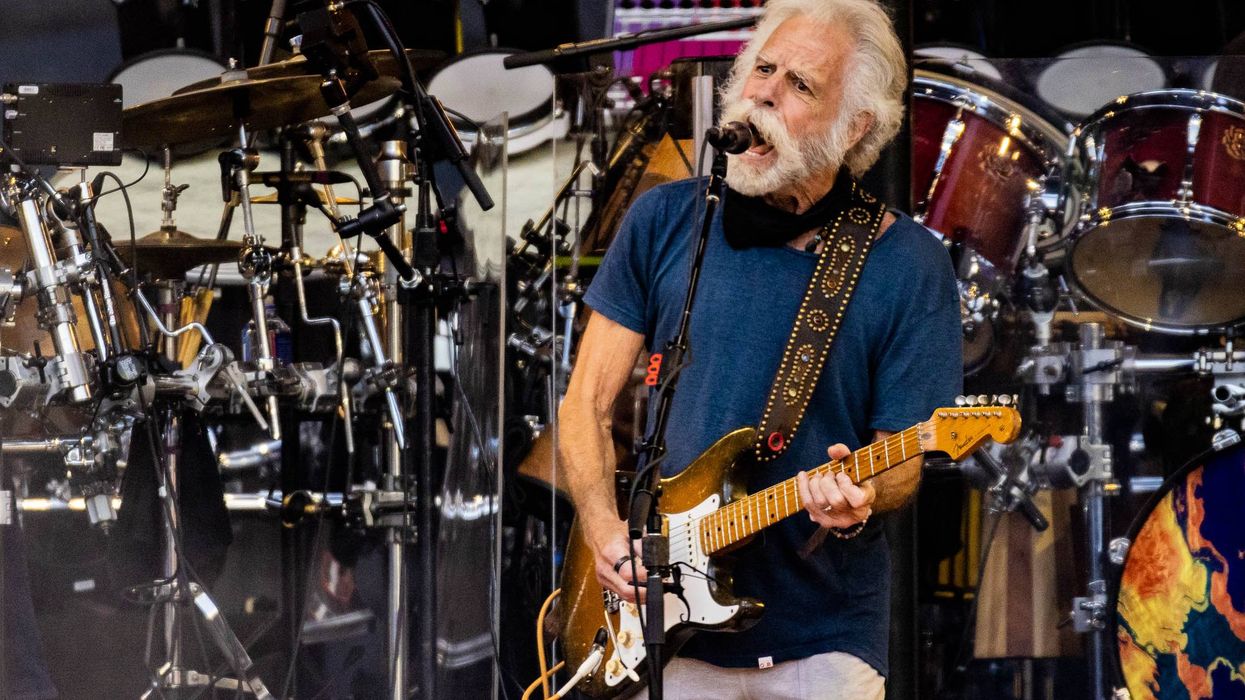
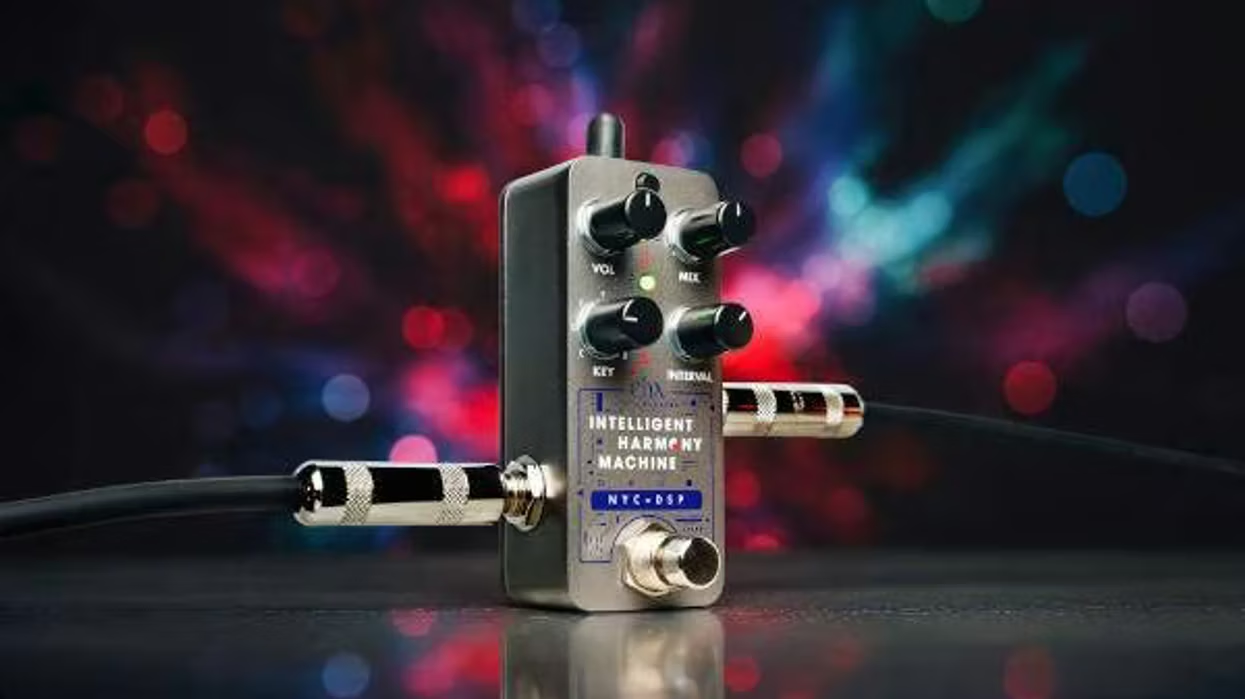
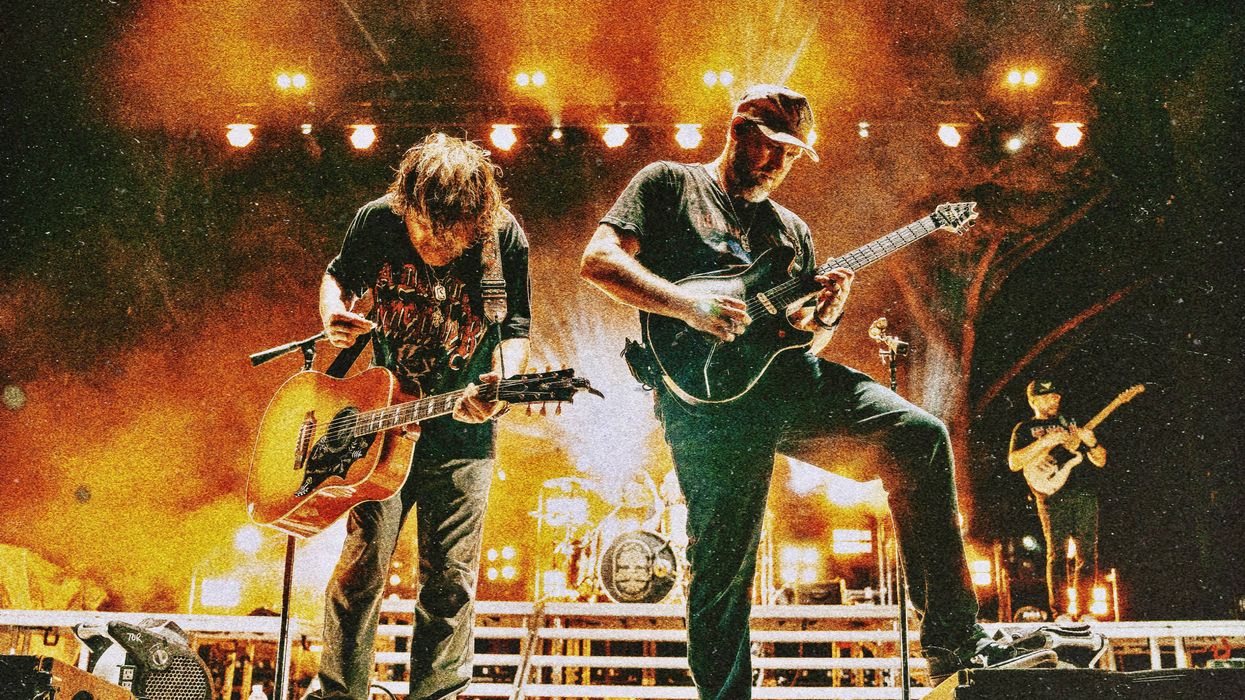
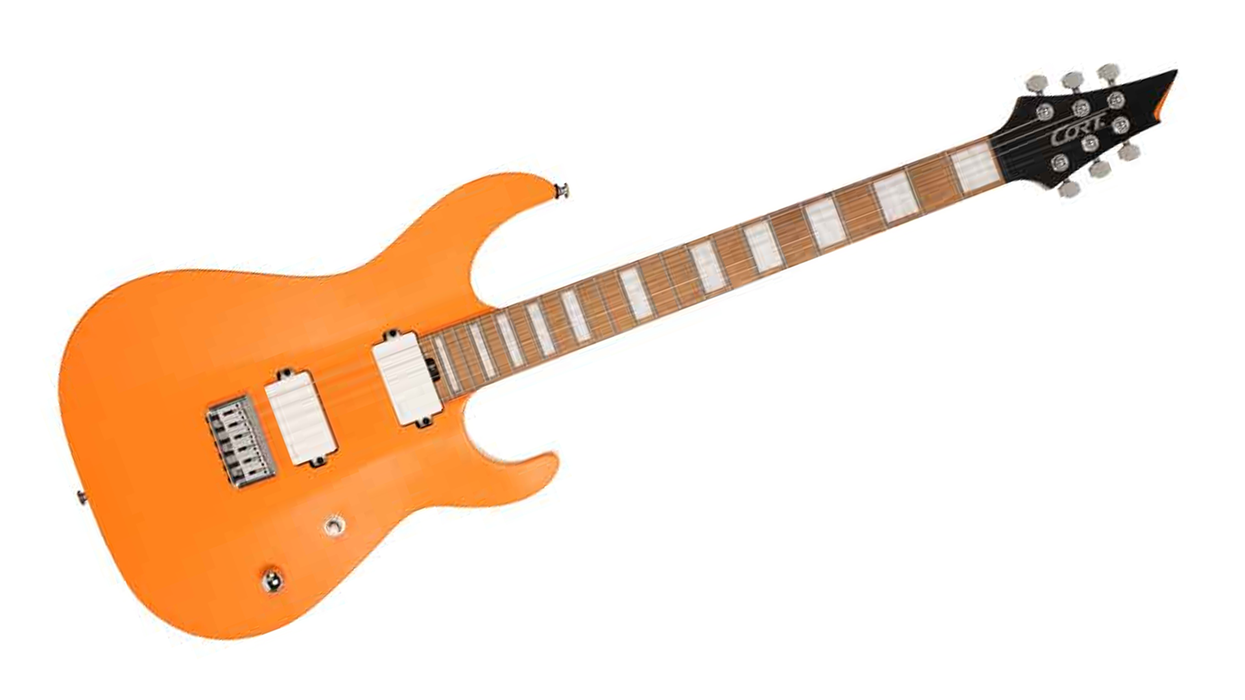
![Rig Rundown: John 5 [2026]](https://www.premierguitar.com/media-library/youtube.jpg?id=62681883&width=1245&height=700&quality=70&coordinates=0%2C45%2C0%2C45)





